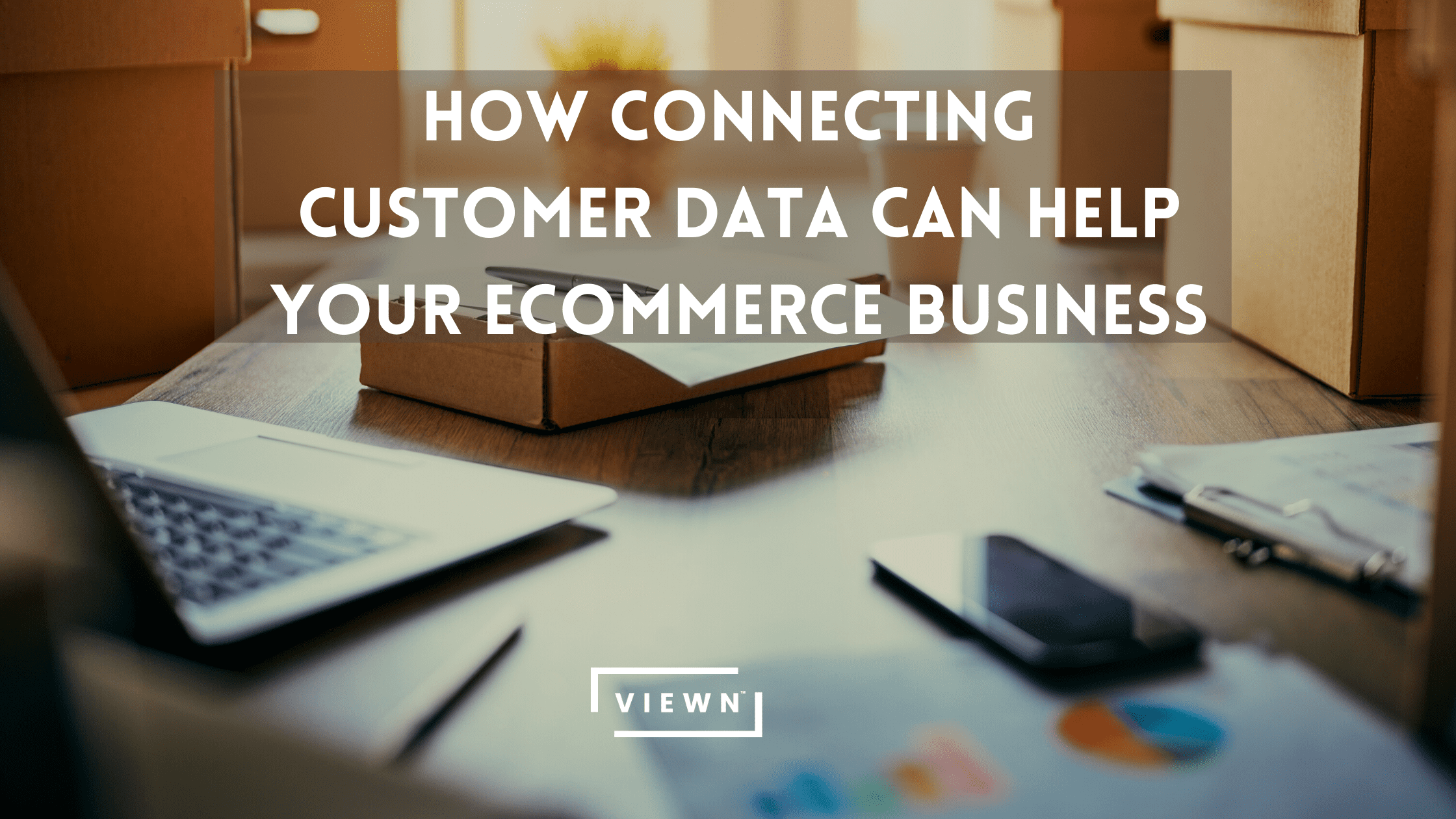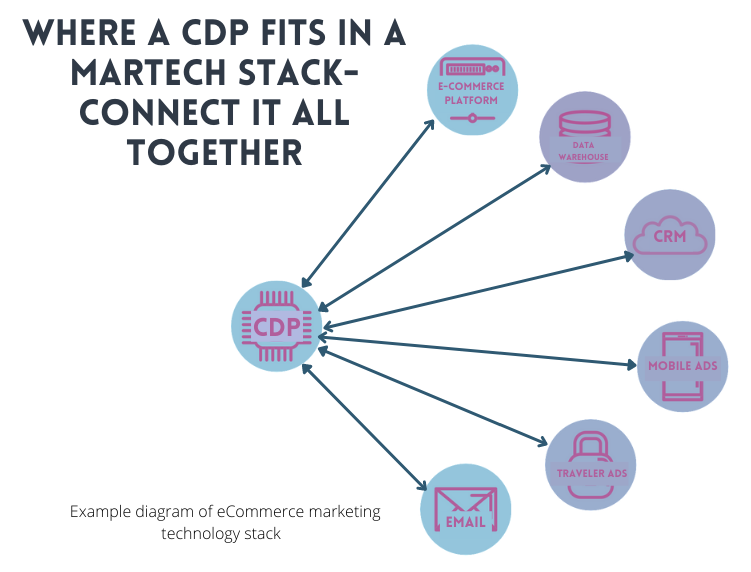Data-driven growth sets the bar high in digital marketing and leads to superior customer experience
Customers are your brand’s most important asset. Feedback from them – understanding their needs, expectations, and preferences regarding you or any other entity in delivering an excellent customer experience is critical for delivering on this responsibility with care.
Focusing solely on revenue growth without considering how people feel will lead to frustration down the line and missed opportunities among potential consumers who may not yet have formed opinions about what type of company provides good services based on limited exposure alone.

How do you keep track of the thousands of digital customers visiting your website? You need automation to scale. Each application you use comes with reports that you can view for that application. But you want an aggregate view of all the data, and connecting these applications to make the reports manually isn’t possible—ring in the customer data platform.
A customer data platform (CDP) is a system that marketers can use to collect and integrate their customers’ information. The CDP processing result will be an organized profile for each individual in this database, with shared data going back out into other applications within the company or outside it. Marketers gain control of the customer experience.
Connecting the data = integrations
Customers expecting more from their online shopping experience often drive increased investment in different technologies to deliver the best customer experience possible. After looking at what Shopify store owners have been doing and handling, it’s clear that these marketing teams need a dozen applications where email and SMS are just the beginning. What about automated discounts, referral points, loyalty codes, and dynamic pricing? I bet your list of necessary programs is long!
Each customer data management solution needs to be just right concerning current demand and future technology advancements over time like mobile devices, smart home devices, or new social media channels like Tik Tok and youtube.
Integrations are the backbone of any customer data platform, so make sure you have as many sources connected as you need to deliver that optimal customer experience. Many prospects go straight to seeing the ecosystem the software belongs. The better integrations work with other apps and programs in various industries (e-commerce included), then more likely, people will find your company’s offerings appealing. This is what IT is called interoperability. CDPs tend to be superior in interoperability. Software without the API or other way of getting the data would be strange for any customer experience app.

Once you have all your integrations complete, the CDP is linked up to individual customer ids from each data source. The next step of forming the identity graph takes a lot of effort and data expertise in making sure the matching, updating, duplication, and formatting works in real-time. It isn’t uncommon to bring in consulting experts. But, now you have the single customer view. With the single-customer view unlocks personalization projects like:
1. Targeted audience and personalization
2. Segmented customers and persona level campaigns
1. Target audiences and personalization
In a world where efficiency and creativity are key to success, customer-centricity has become king. Gone are the days when you could rely on one channel for your business’s heavy lifting; instead, an organized approach that reflects what customers want will keep them coming back time after time as technology such CDP helps marketers fix problems.
Personalization is an increasingly important factor in e-commerce. It allows merchants to engage shoppers with tailored content and increases repeat purchases by offering dynamic promotions on product pages or cart abandonment marketing emails designed for higher conversion rates.
Marketers seeking personalization with data are where the metrics are drawn. And it is important. According to Forrester, 77% of consumers have chosen, recommended, or paid more for a brand that provides a personalized service or experience.
Your projects will focus on collecting data about the habits and preferences of their audience to help them with targeting strategies for digital advertising. This includes insights into technology use, trusted sources people turn to when looking for information online, and research behaviors from which marketers can extract key intel to inform future campaigns.
A lot goes into developing persona-driven target audiences. Not only what kind of data you but also how you collected it! More can be influenced by what kind of questions of your eCommerce business. For example: where do these consumers go after work? How frequently do they check social media vs. reading print publications or listening/ watching news broadcasts daily?
2. Segmented customers and persona level campaigns
The goal of customer segmentation is to create a profile for each individual in your company so that you can reach them with the right message at just the perfect time. This way, no matter what industry or size they’re working within (based on traits), there will always be an opening available.
Personas assist marketers in informing messaging. You want to interact with each customer through their preferred channel using personalized campaigns that convert. Know your audience’s pain points and goals so you can communicate with them in a way that solves their problems or helps them achieve their goals.
Creating personas helps marketers identify the burning questions their ideal audience would have, informing them how people search and prefer to consume content. These know customer behaviors point towards what topics to cover in your social media posts, ads, and sales messaging- elements for a successful personalization campaign.
Persona-based profiles are a way to group your ideal audience’s most common behaviors, demographics, and psychographics into defined personas. The purpose is for the marketer to look at what makes each unique. Is their motivation different than others in some way- maybe work with us for our quick service instead. Ask, find out.
With all of the data available to you, it can be difficult to understand what is happening on your website. You’ll find that each application comes with its reports and view at just one part of your business. To get a complete picture, you will need to aggregate the information from every app into one place so that you can see how customers behave across channels. This type of customer segmentation makes omnichannel campaigns possible by providing personalized experiences for individual segments throughout their journey with your brand. Evaluate customer segment performance regularly and make changes as needed based on these results to achieve maximum profitability! Do any of these sounds like something you could use? We have experts ready and waiting who would like to walk you through it.



